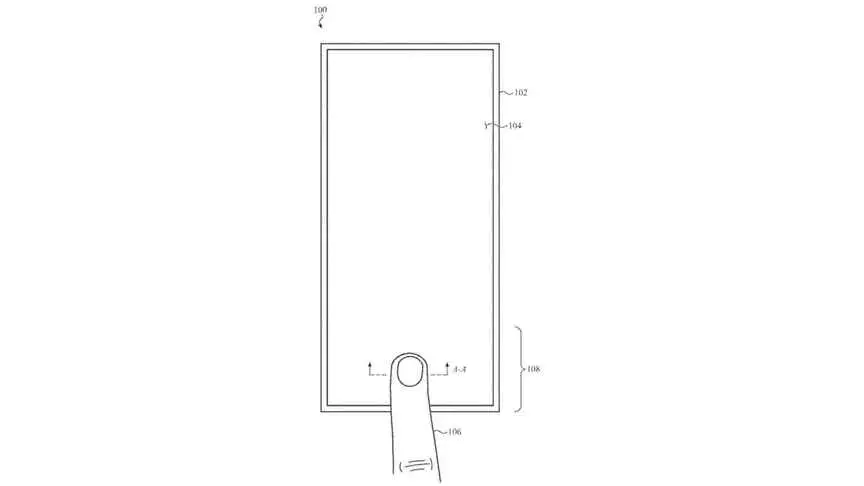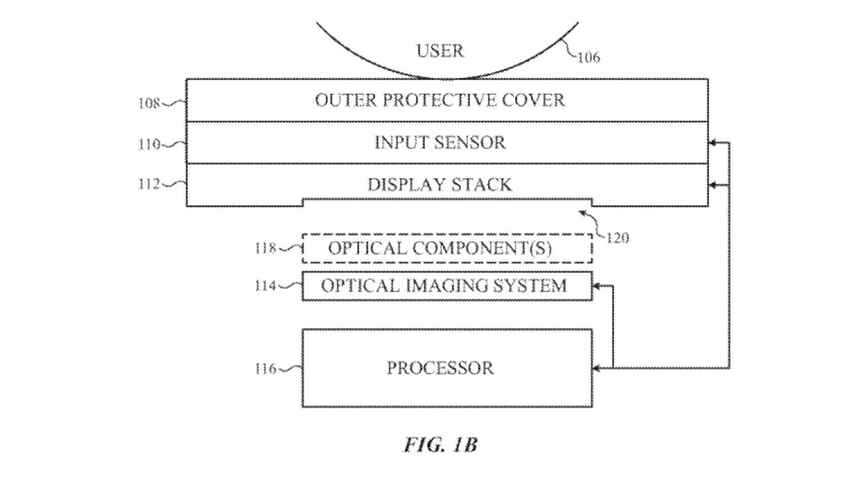Apple will patent a new Touch ID, it is an under-screen fingerprint reader. The new generation of iPhone mobiles has already arrived and they bring important new features.
One of the most eagerly awaited features, which finally did not come true, is the return of Touch ID. iPhone 12 continues to rely exclusively on Face ID, using the front cameras and sensors to detect our faces.
- Apple publishes a design guide for official iPhone 12 MagSafe accessories
- How to create a 5GHz Wi-Fi access point in iPhone 12?
- How to download software updates using 5G on iPhone 12?
This is a nuisance in these times of pandemics and masks, especially because it seemed that Apple already had the technology to recover Touch ID by integrating it into the power button, just as it works in the new iPad Air.
For unknown reasons, Apple has decided not to use the Touch ID on the iPhone 12; and it looks like it won’t be used on any other future smartphones either. Instead, they are preparing to make the leap to under-screen fingerprint readers.
This is revealed by the latest patent awarded to Apple by the US Patent Office, which the company applied for in October 2019. The documents describe a new user identification system integrated under the screen.

Of course, under-screen fingerprint readers are not exactly new. Most new Android phones have them, and while in some cases their performance is not so good, in many others it is a fast and secure way to unlock your phone.
Apple’s implementation would be based on an optical element located under the screen, capable of emitting shortwave infrared light through the screen itself. This light would be reflected by the user’s finger when he or she presses a specific region on the screen; this reflection would in turn be captured by a photosensitive element.
Based on the information obtained, it can be compared with the user’s fingerprint stored in the system, although the patent does not speak of this and focuses only on the system to obtain the fingerprint.

There are several details that draw attention to this implementation. For example, the patent indicates that the user must place his or her finger on a specific area reserved for Touch ID; in the example, this area is at the bottom of the screen, and not in the center as is usual in other models. This may be a simple example and the final version may be very different, but it is interesting that Apple has used precisely that area. In addition, this area is wider than usual, when it is usually a particular point on the screen.
There is no Touch ID in iPhone 12, we assume that Apple wants to recover Touch ID for the launch of the iPhone 13 by applying for a patent, this is a giant step forward.





